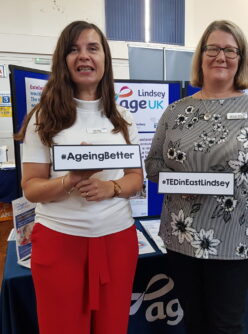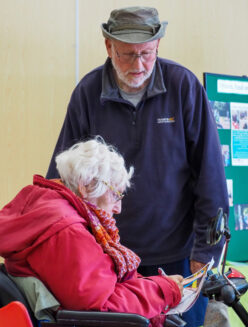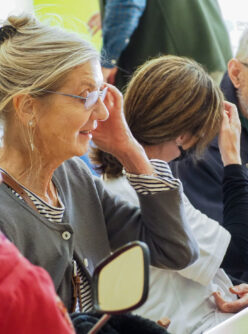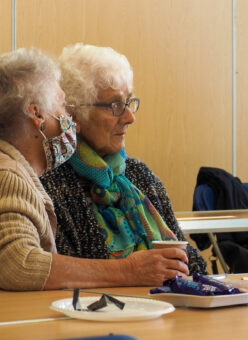Contact us
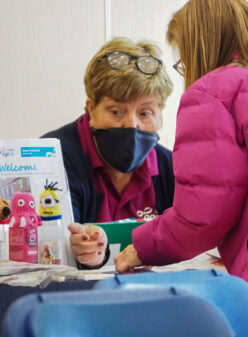
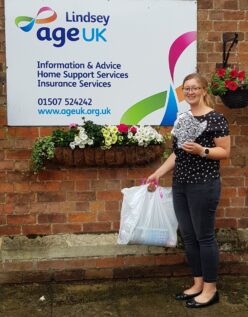
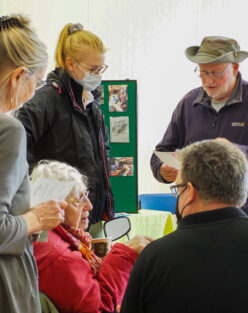
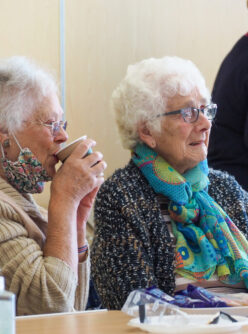
About the befriending Project
Our befriending service was initially modelled to be face to face befriending and
friendship groups. Volunteers were recruited to be matched with clients that needed regular friendship calls. Location, interests and preferences were used to make suitable matches. We also developed friendship groups so people could enjoy social interaction.
At the beginning of the pandemic we adapted our befriending service to telephone
befriending. Our volunteers and senior befrienders made weekly calls, in the East Lindsey area approximately 90 each week. We have also had zoom get together’s where clients were able/happy to. All befriending clients also received adhoc wellbeing packs & bi-monthly newsletters. This support has been very well received with comments like ‘ I look forward to my weekly call, we always laugh’ from clients receiving weekly calls. From the packs we had comments like ‘Its so nice to be thought about – I don’t usually get presents’.
When some of the pandemic restrictions eased we delivered a blended approach to befriending. We assessed clients in a tiered approach to make sure we could give the greatest support to those that need it most.
The tier 1 clients were prioritised when face to face befriending could recommence. These were lonely older people with little other support, isolated either with mobility issues or due to their location. Telephone befriending continued where it was more appropriate and better for the client. This is most likely to be ongoing support.
Clients that are considered to be tier 2 i.e have a great level of mobility and support but experiencing loneliness and isolation, possible after a change of circumstances such as a bereavement, a house move, were provided with a targeted shorter term befriending approach. This was either by face to face or telephone befriending on a fortnightly basis. We looked to support these clients into joining groups so they can become more independent. It is hoped after the 6 month support package they will be able to move into tier 3.
In tier 3 clients are generally more mobile and have a support network but looking for more social interaction. These clients will generally not need one to one support but we signposted friendship groups to encourage them to interact. This included introducing them to virtual groups.
In all tiers clients can contact us if they need assistance, they receive regular newsletters and adhoc packs. We will also continue to host zoom get togethers which anyone can join.
It is hoped going forward that we will be able to sustain as much of the befriending
service as possible dependent on the funding available. We are looking into various digital options such as a befriending app to be able to connect people more effectively.
The befriending team have worked closely with TED to create a Toolkit that gives an insight into creating, maintaining and evaluating a project such as this.
